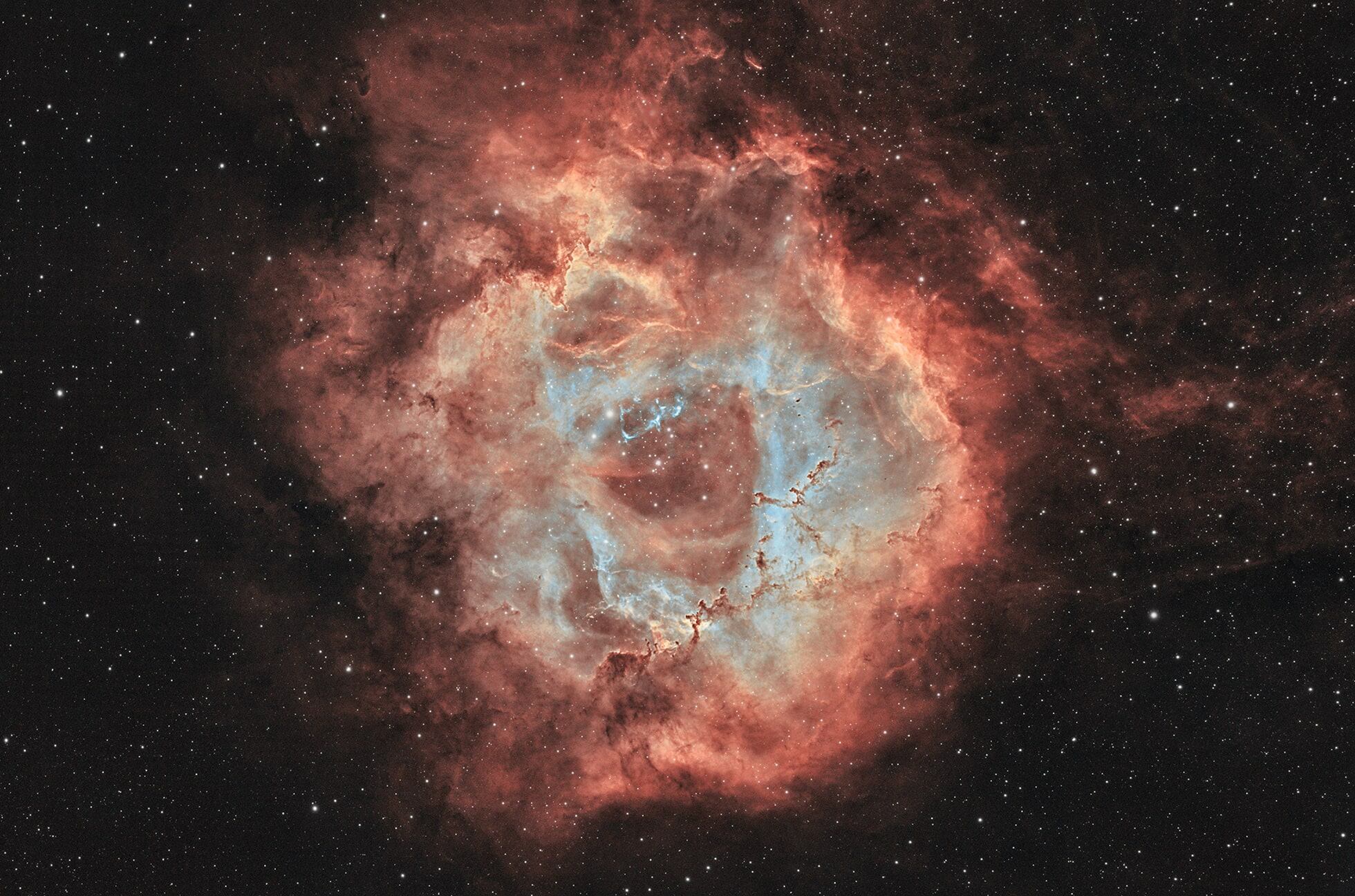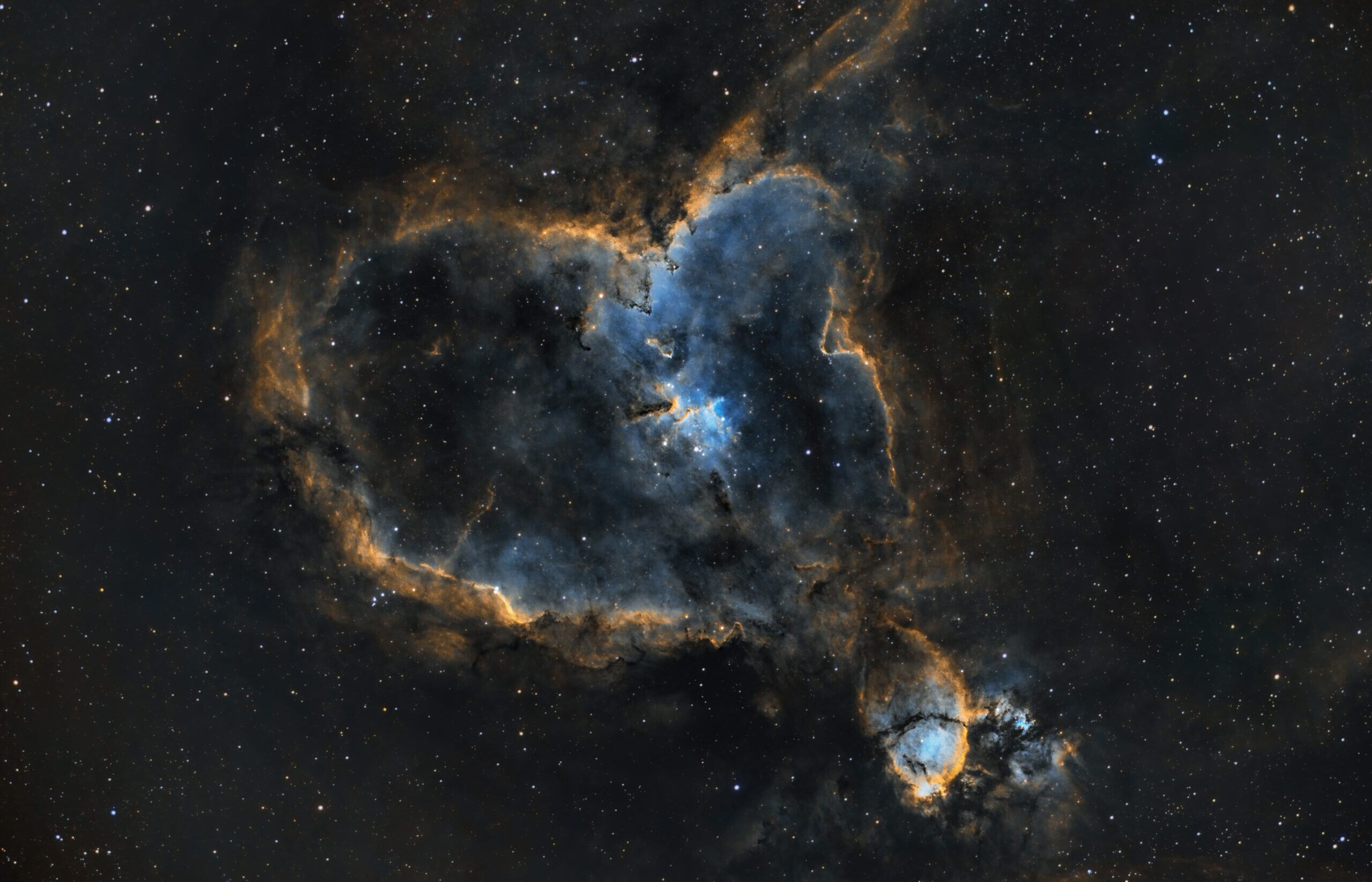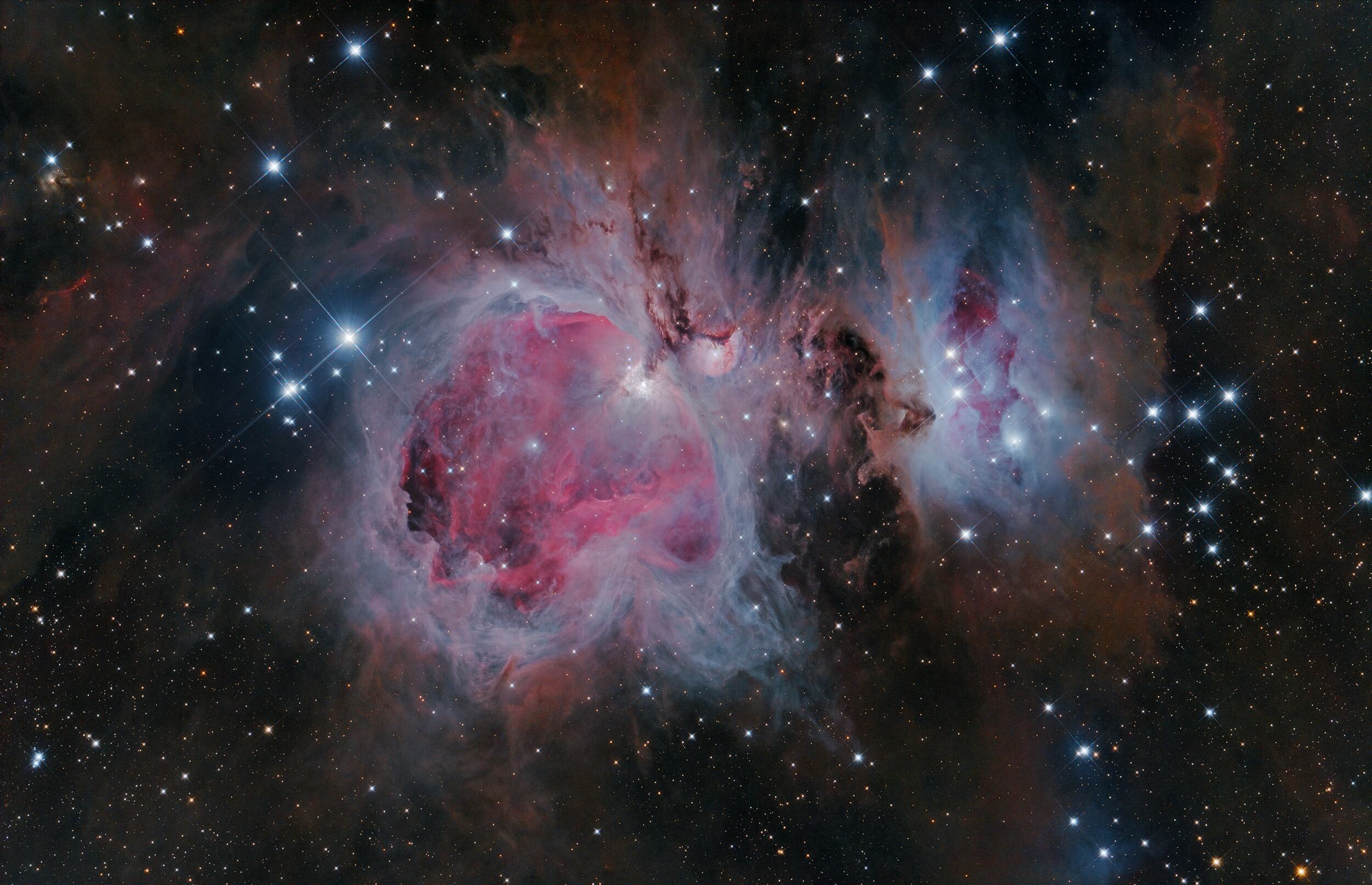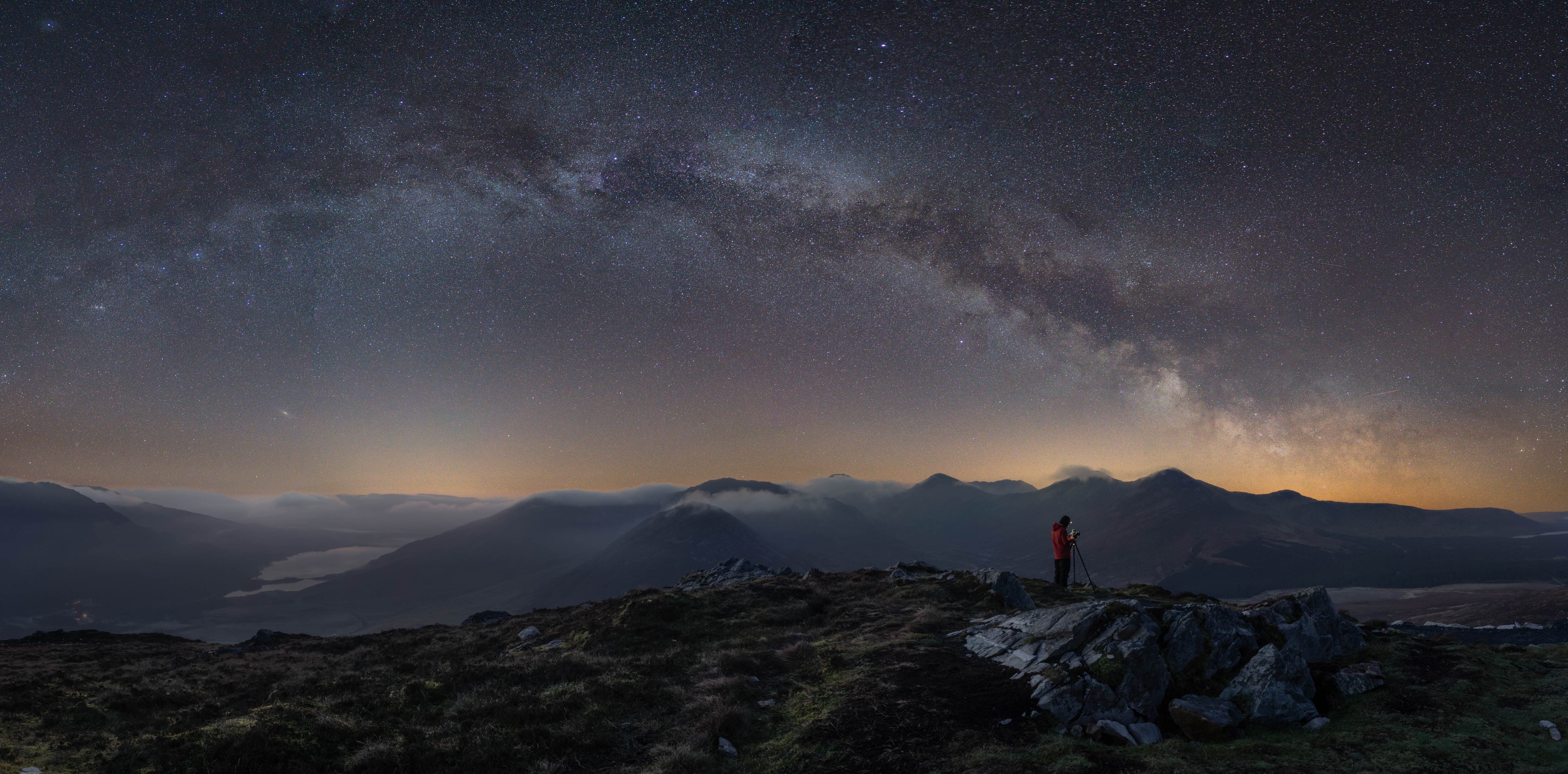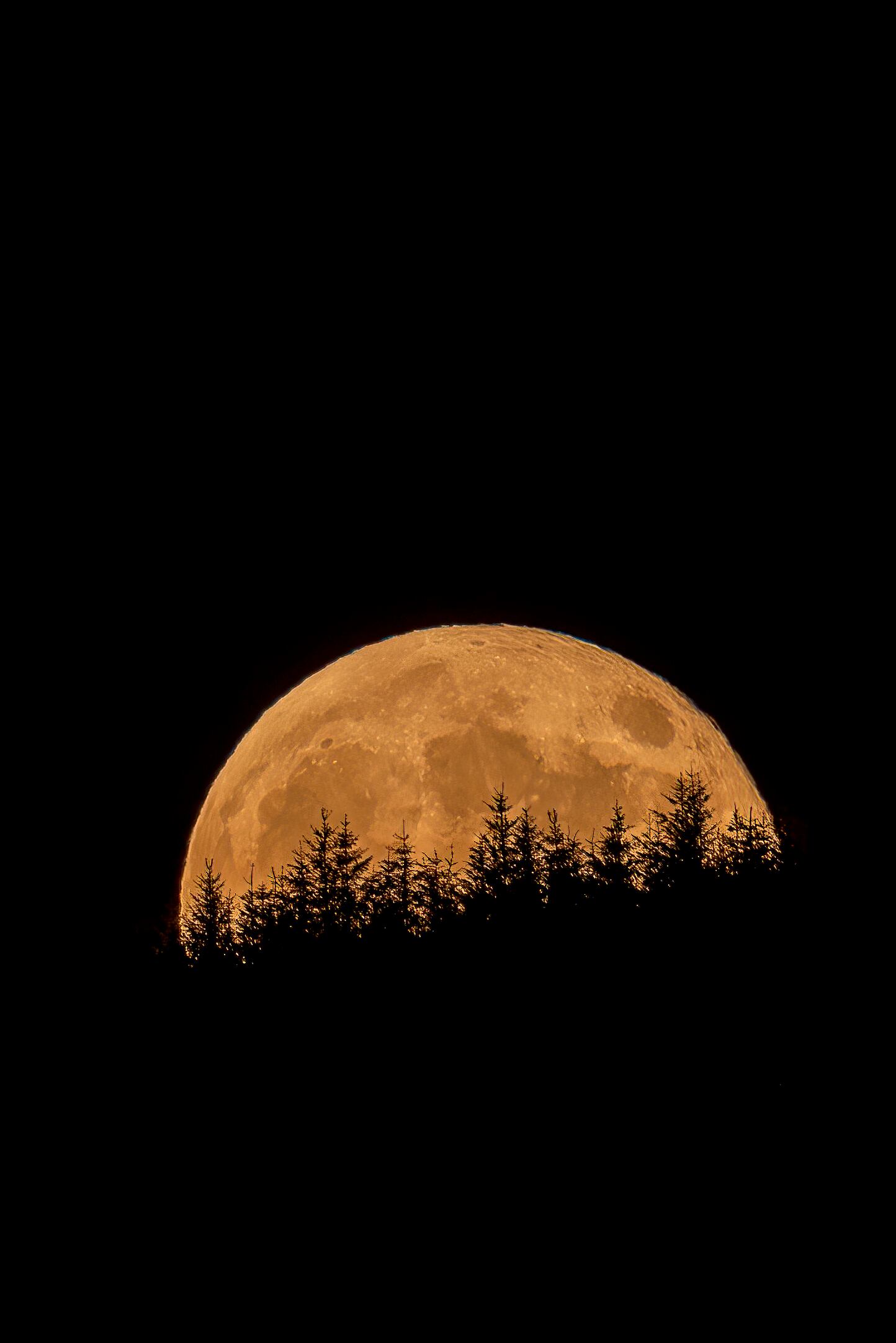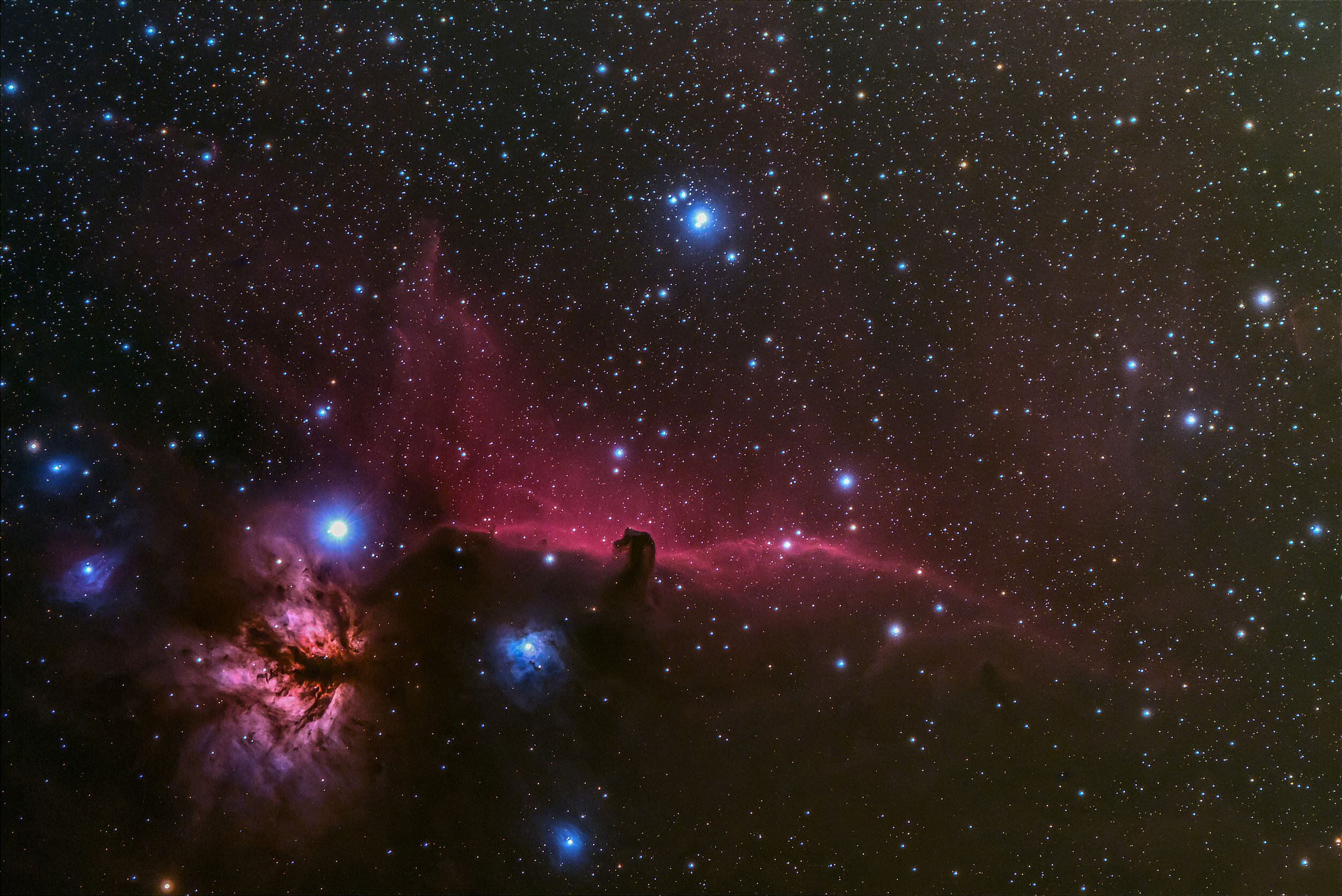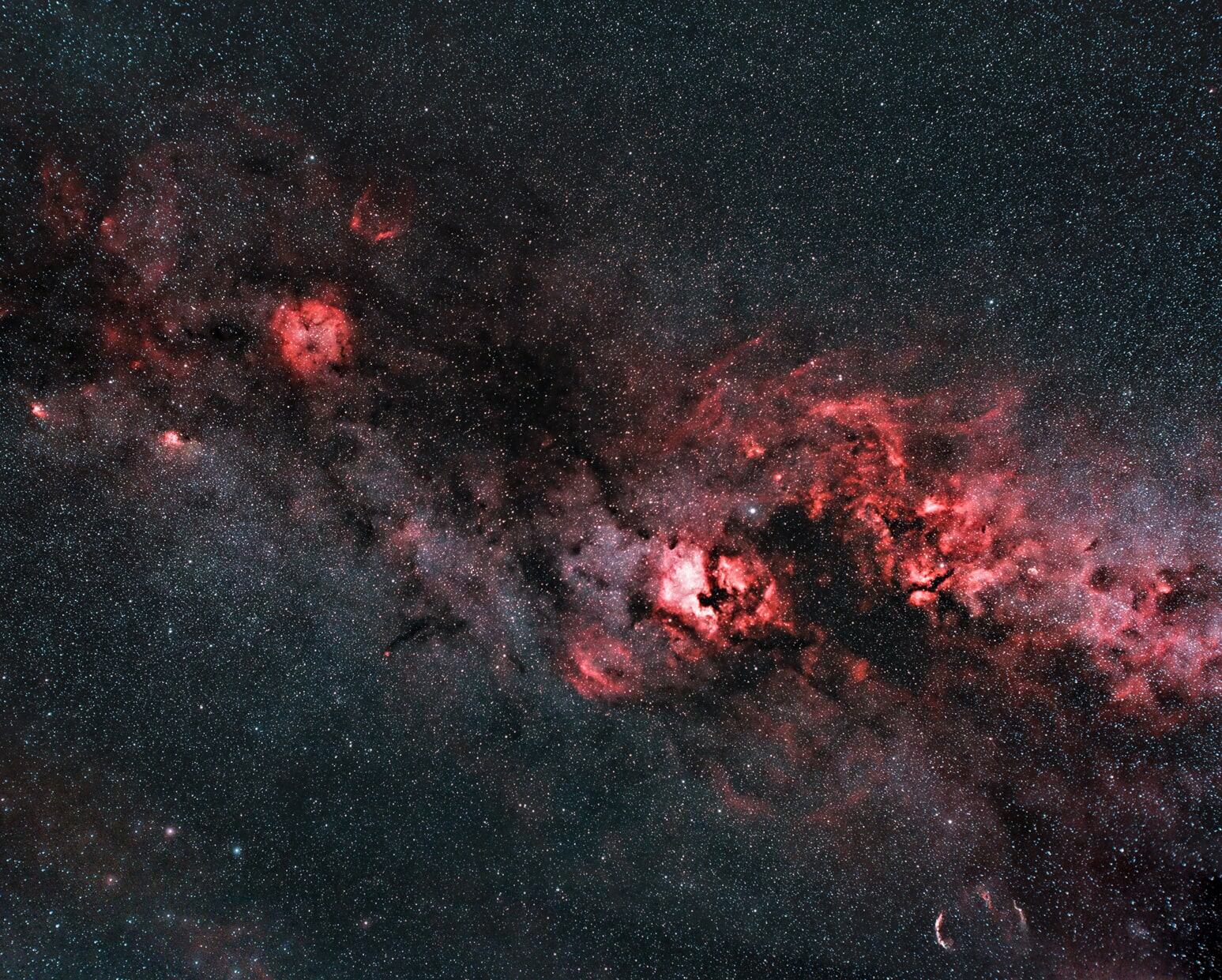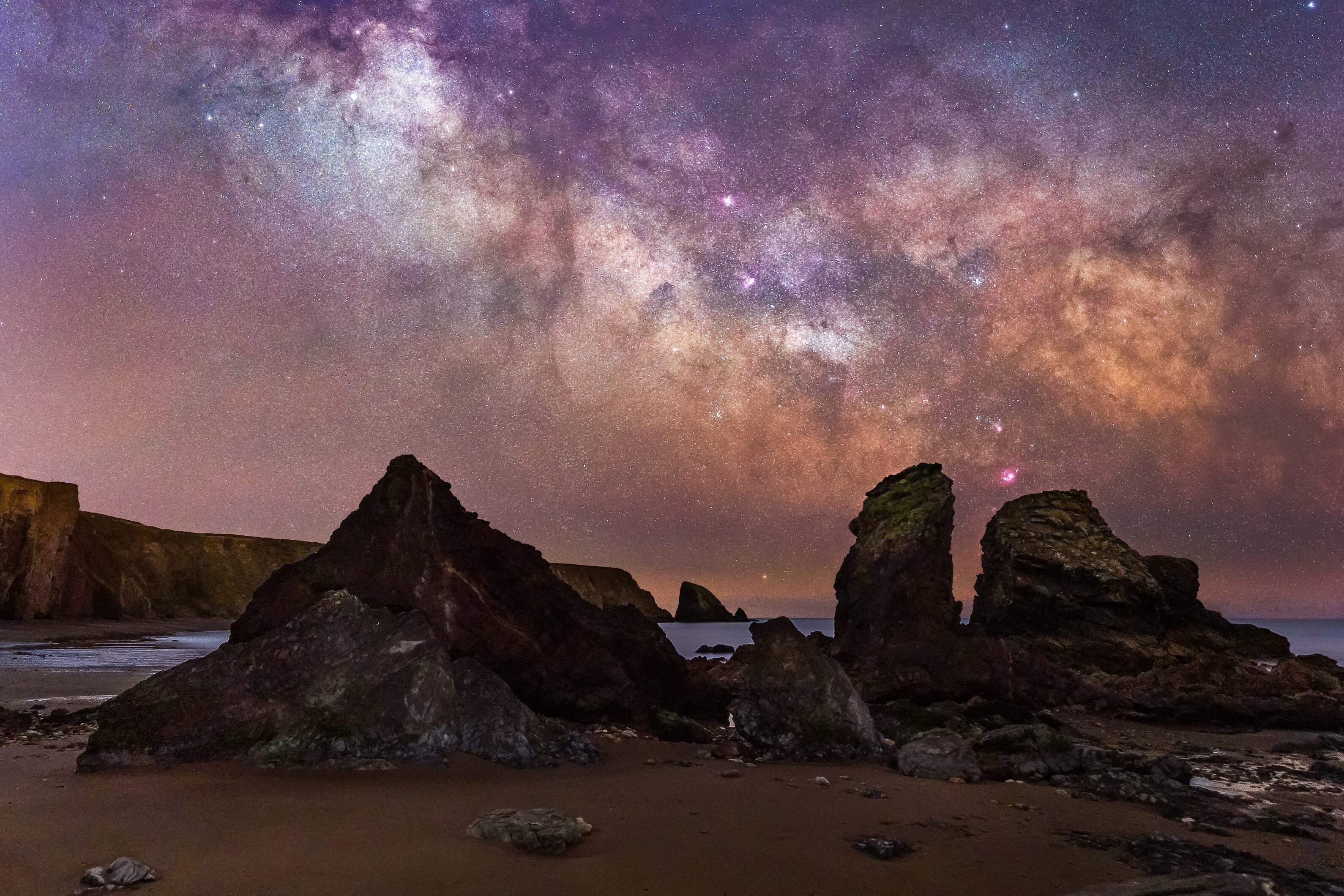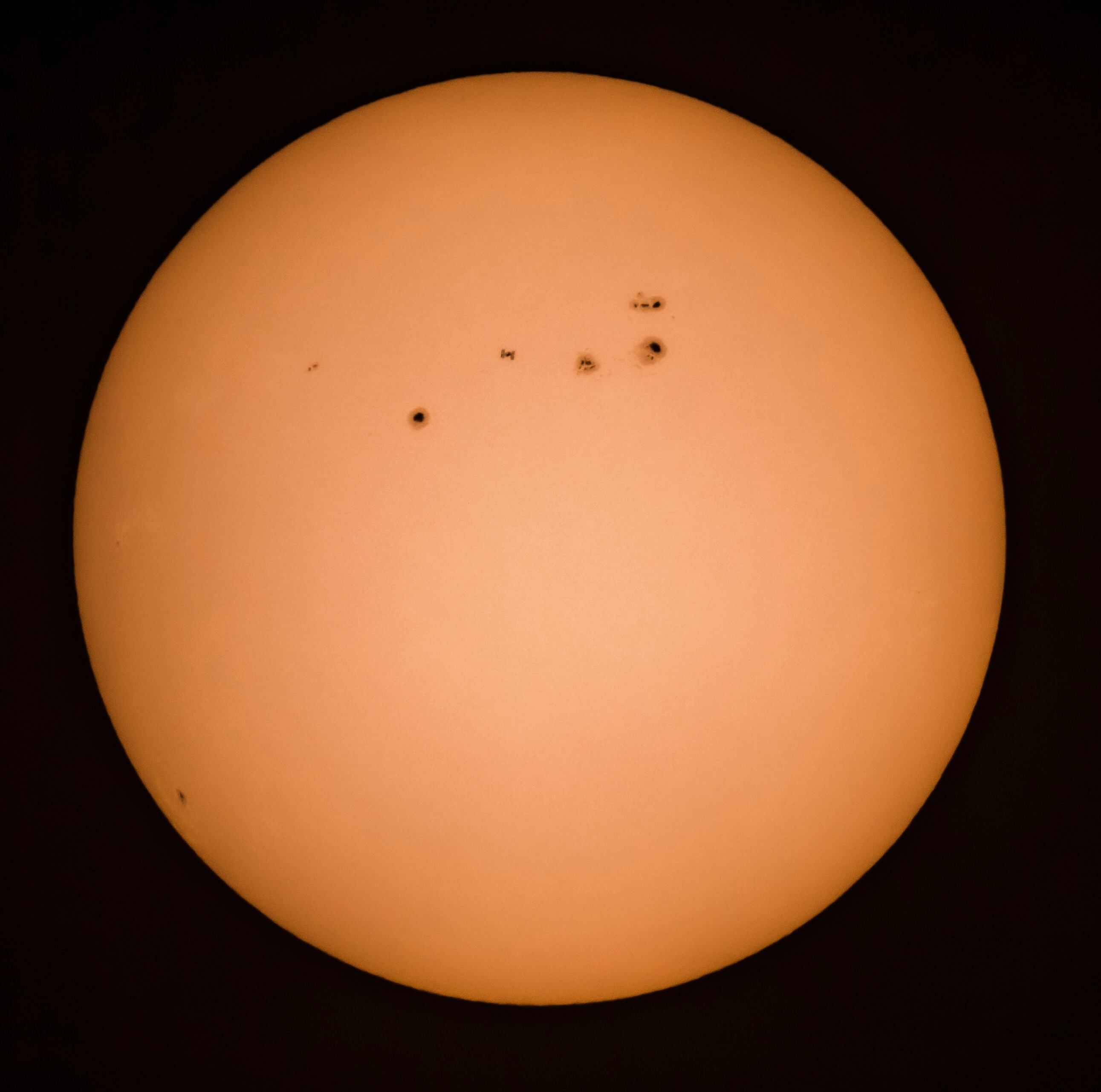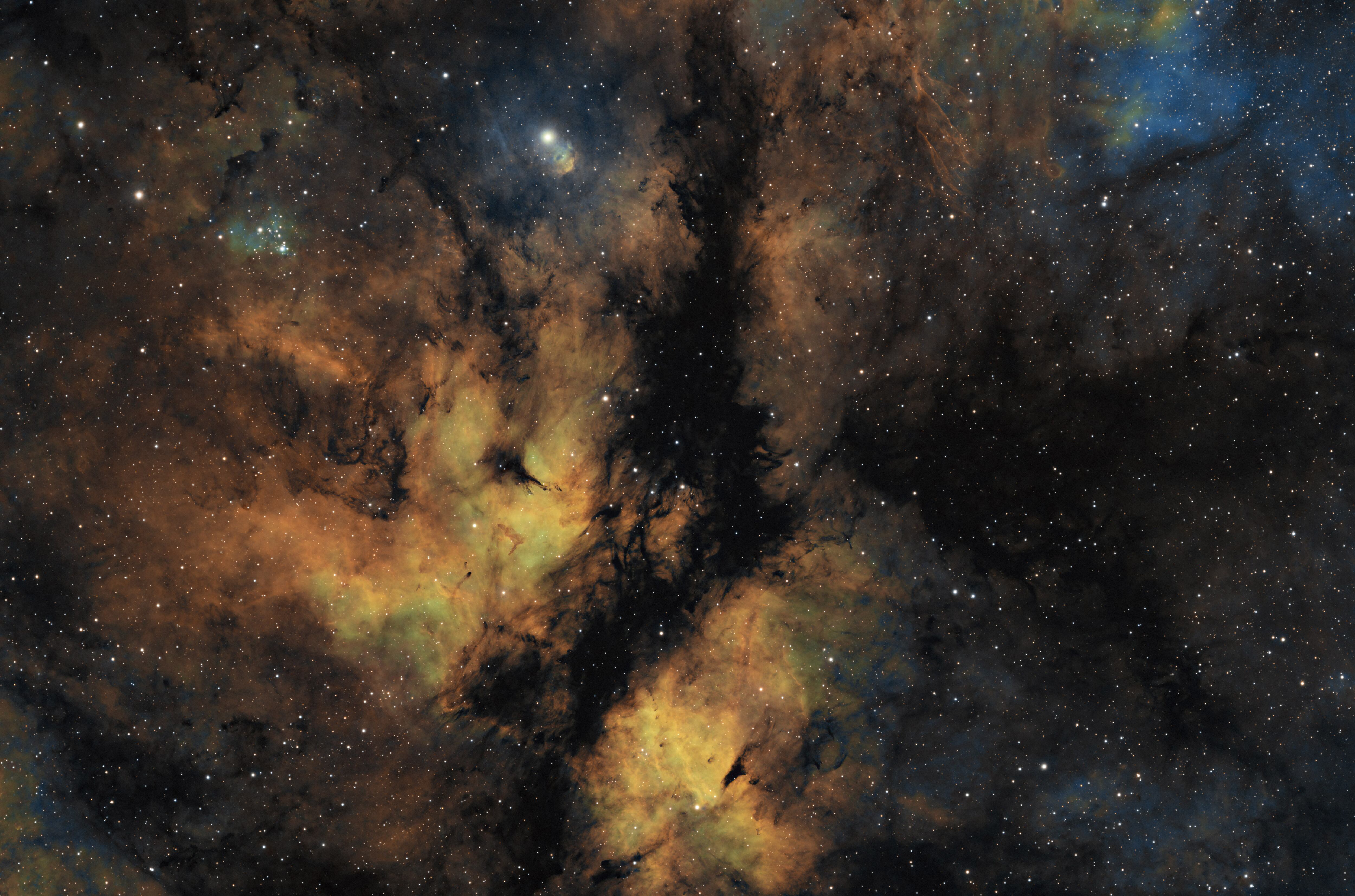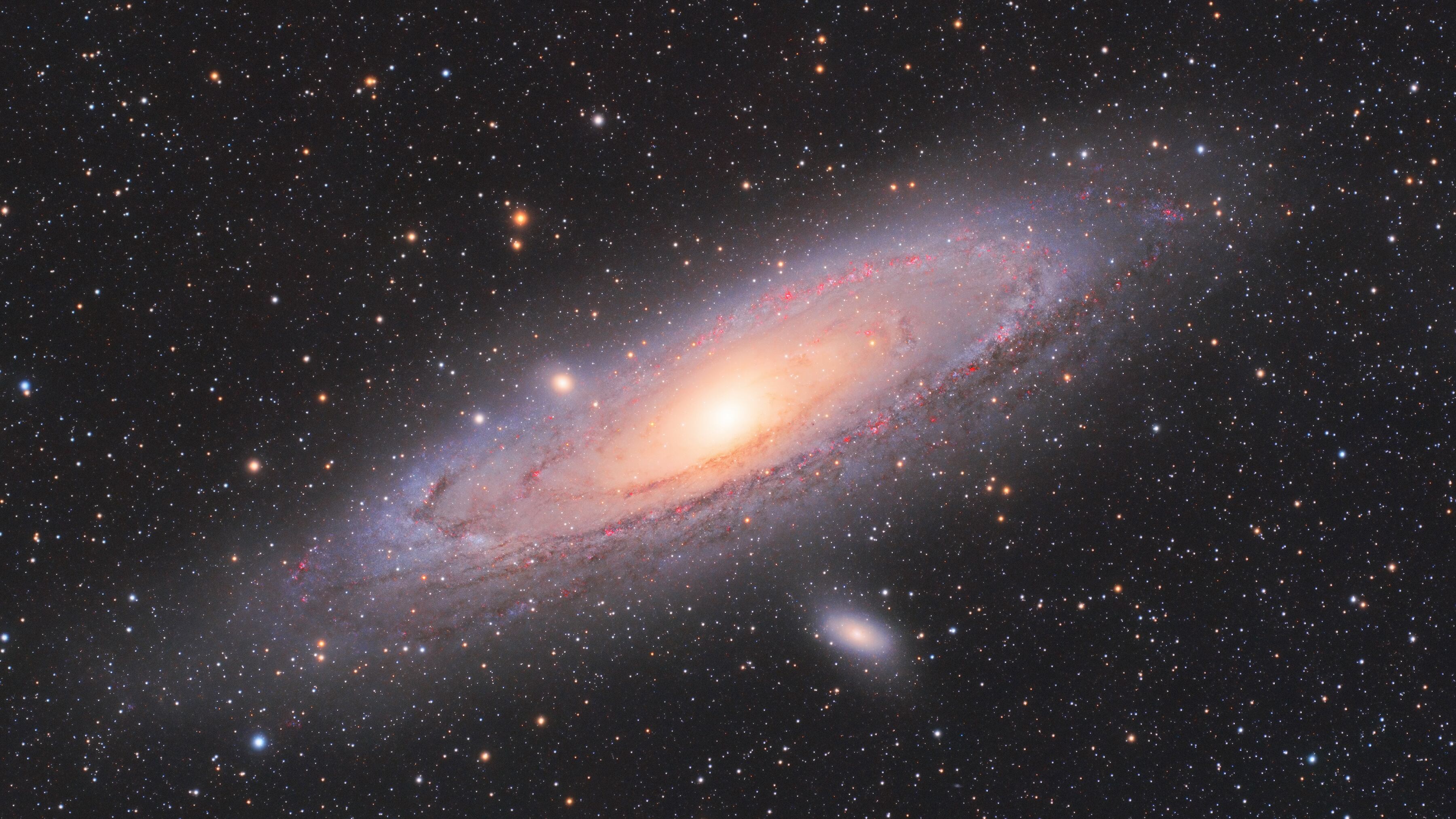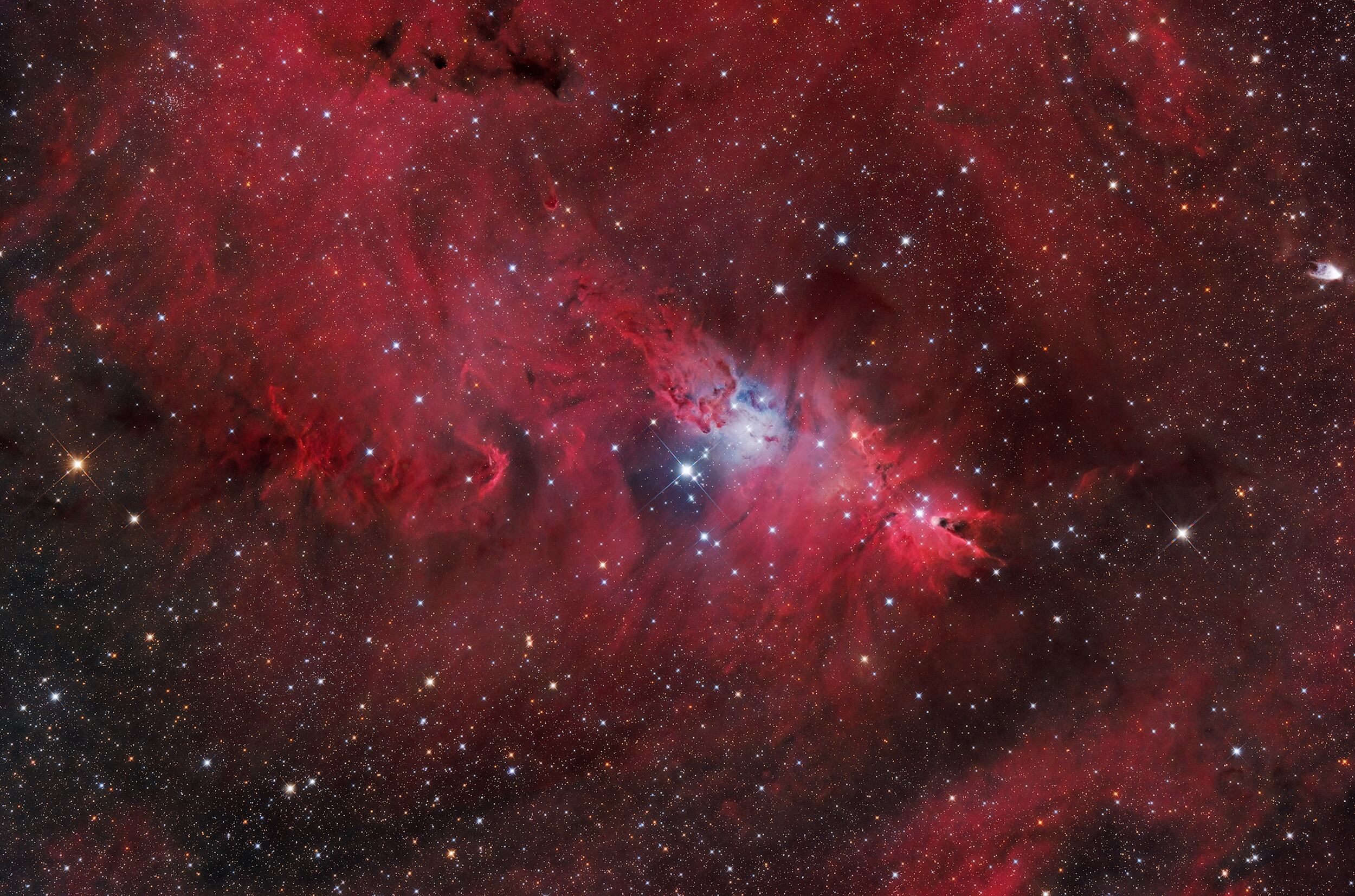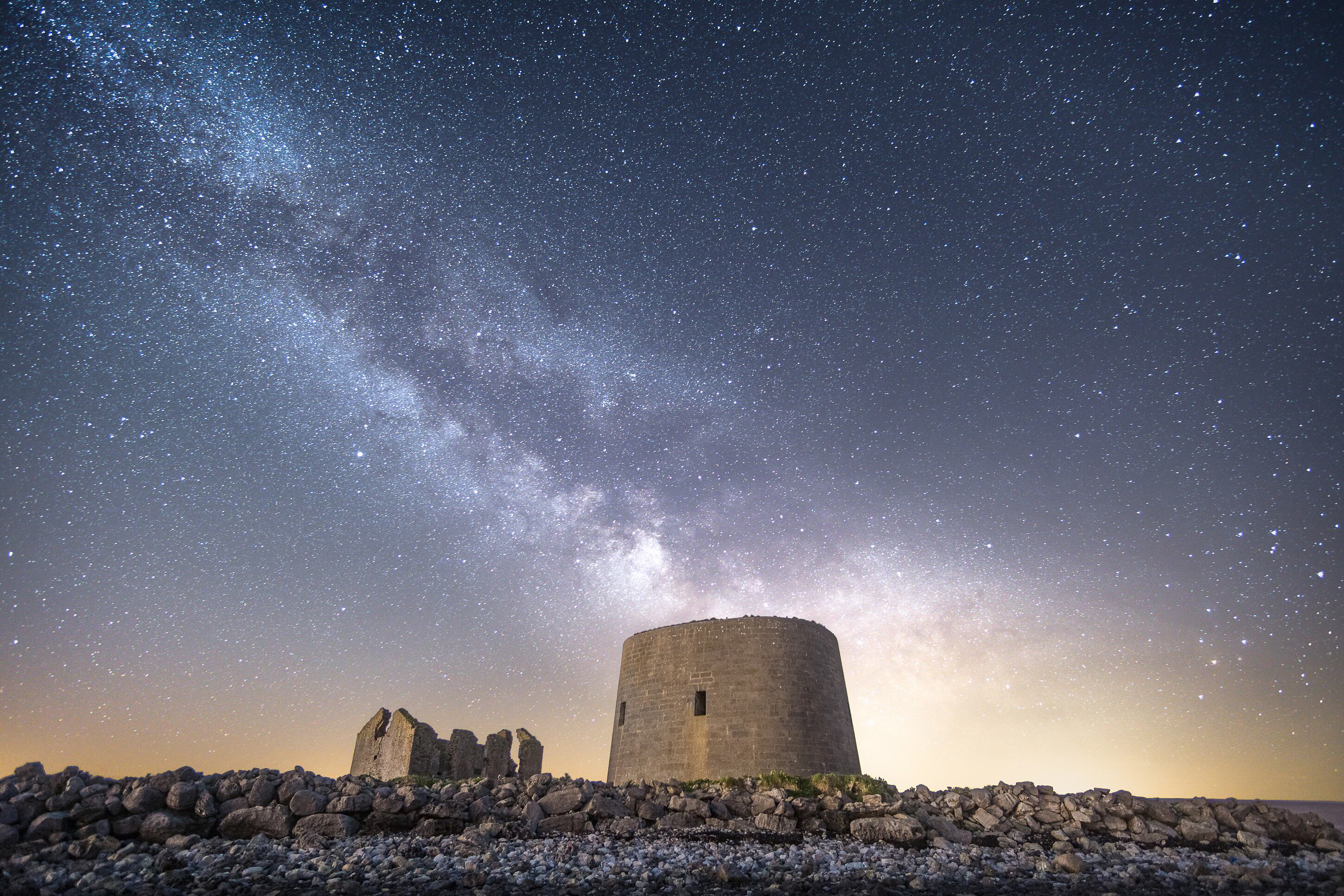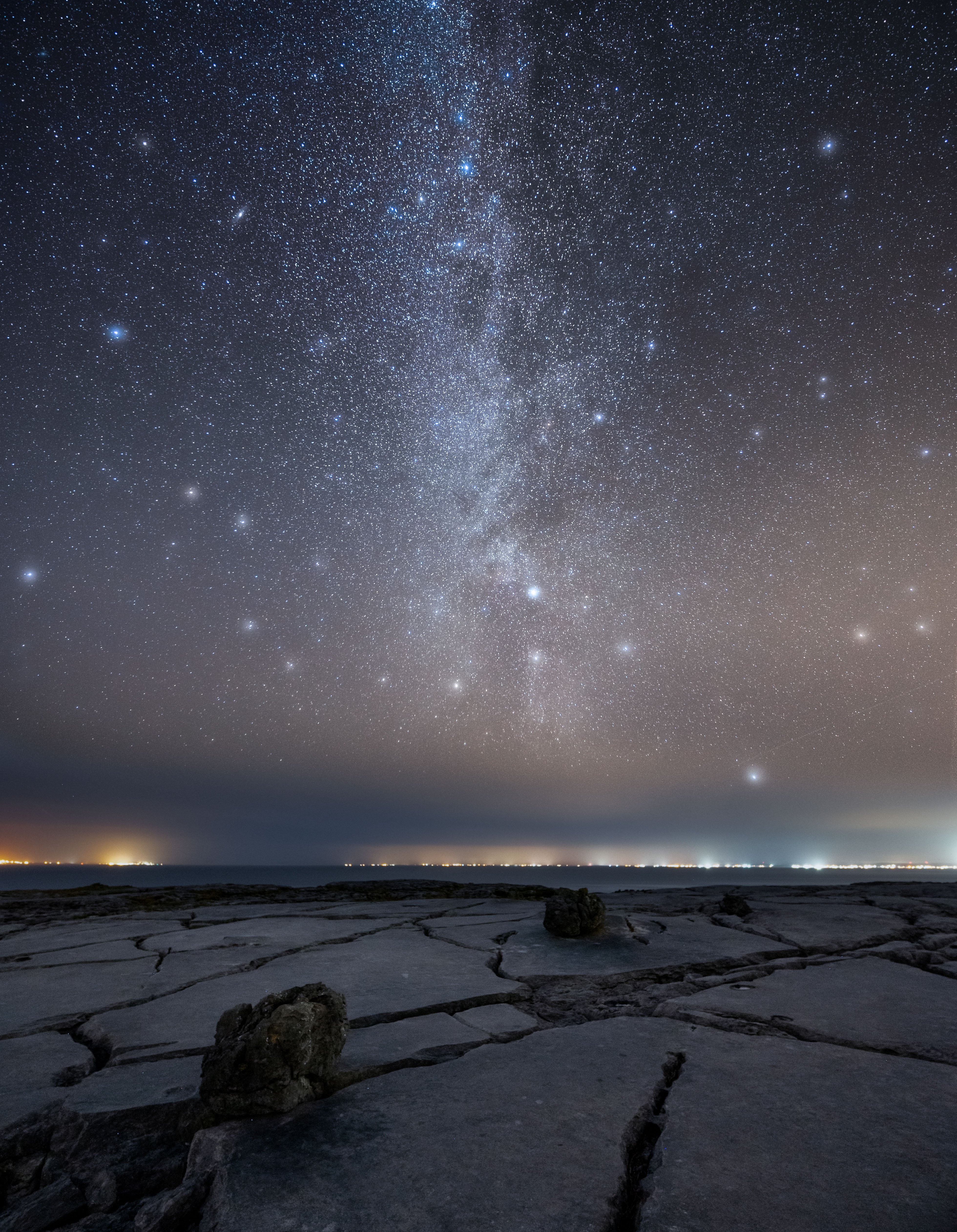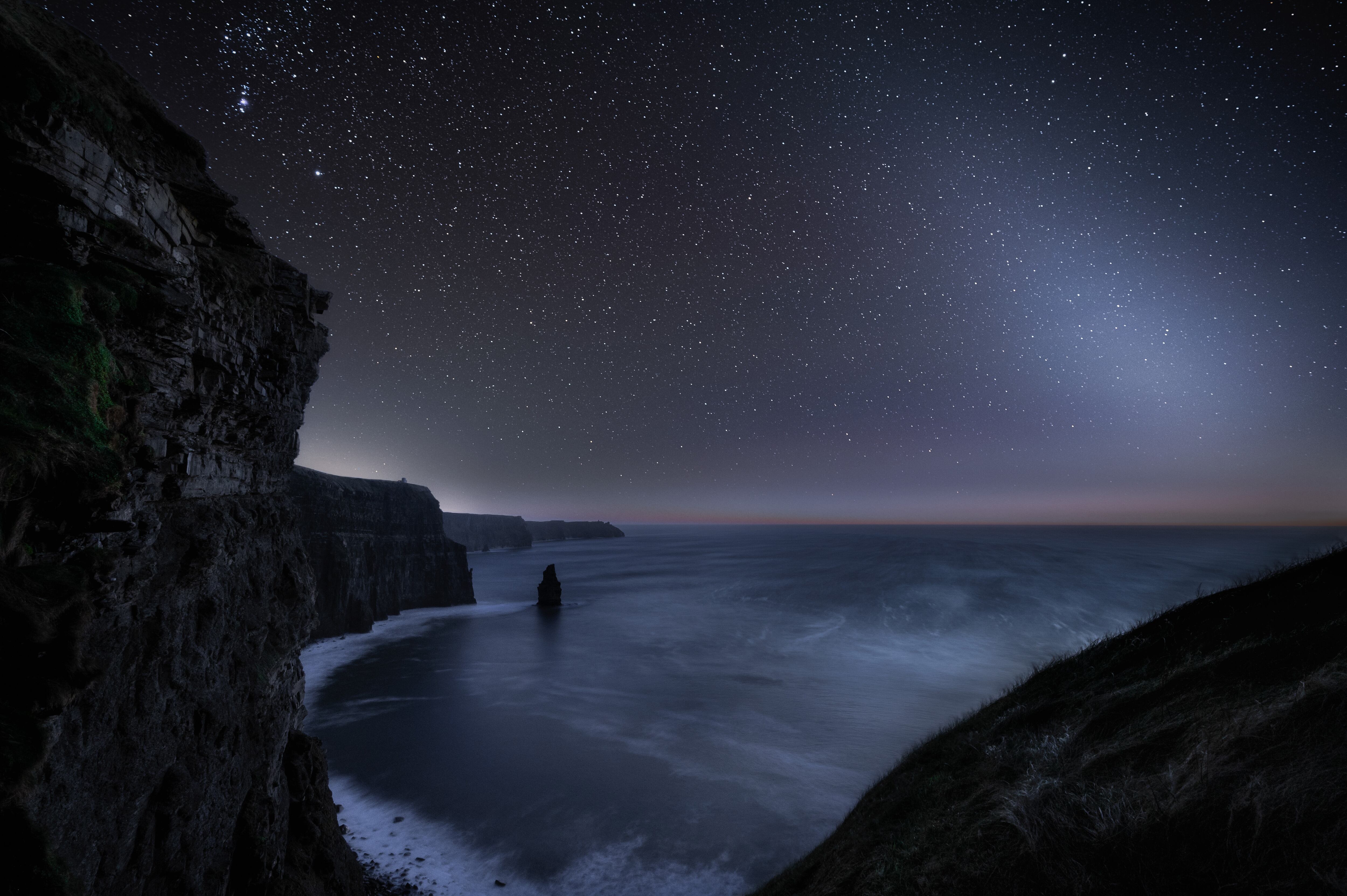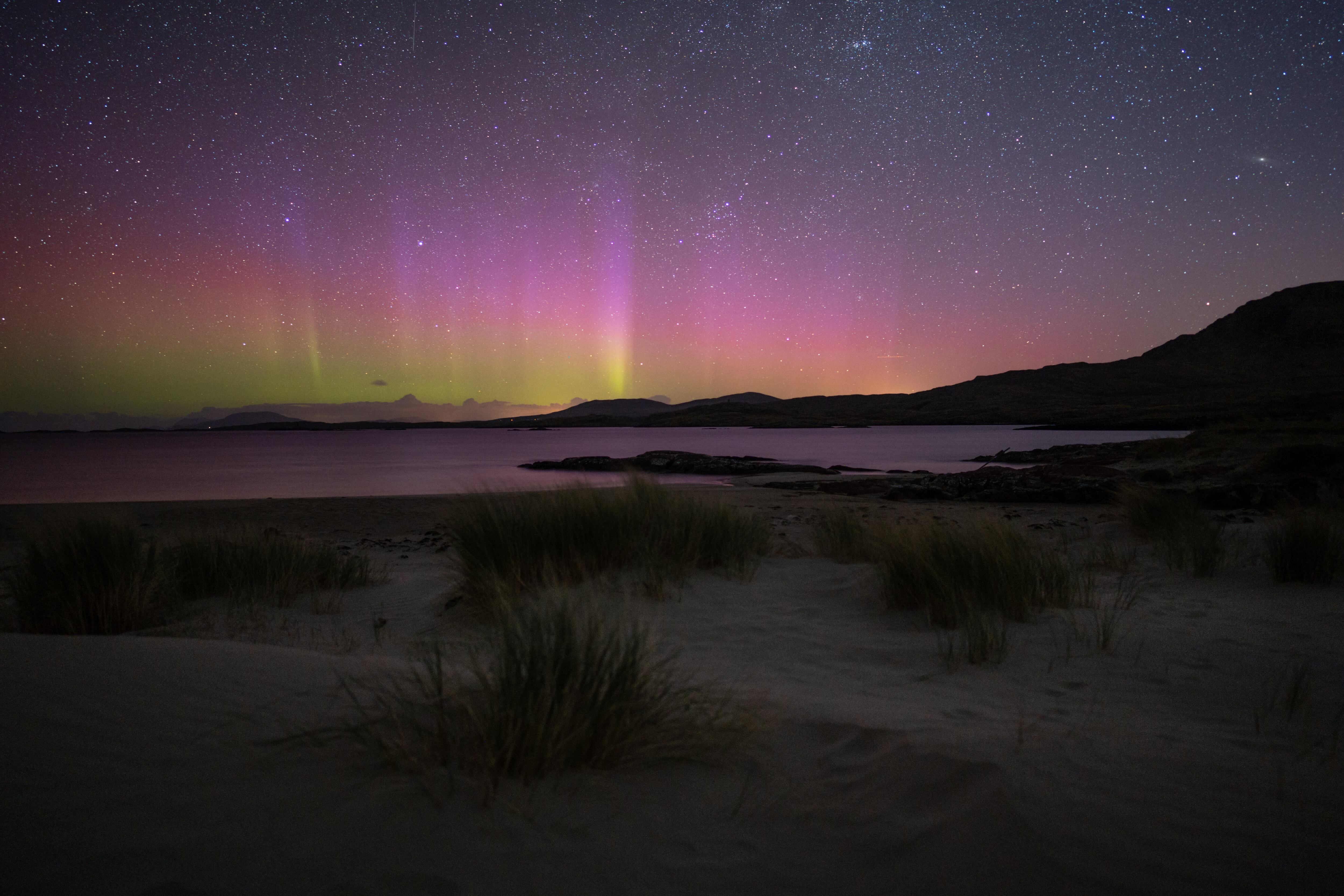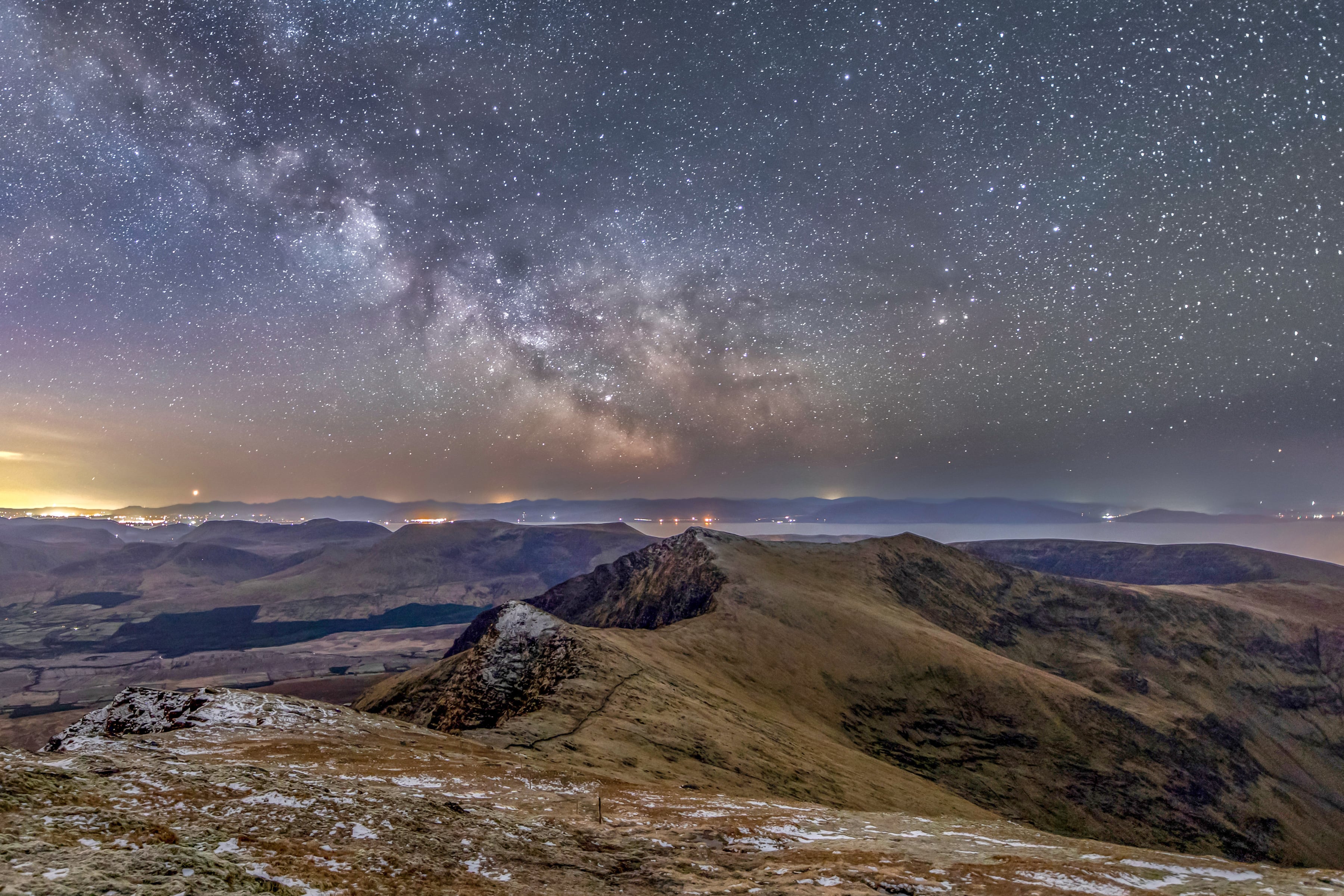The Milky Way Arch over Pine Island has been selected as the winner of the Back on Earth category in the Reach for the Stars astrophotography competition run by the Dublin Institute for Advanced Studies (DIAS).
The competition, which had more than 180 entries, aimed to find the best astrophotographs taken in Ireland over the past year.
Galway City man Felix Sproll’s winning shot shows Pine Island at Derryclare Lough in Connemara, with the Milky Way twinkling overhead. The photo was taken on a clear and calm night last spring.

Commenting on Sproll’s photo, Prof Peter Gallagher, head of astrophysics at DIAS and a member of the judging panel for the competition, said: “Felix’s image capturing the iconic Pine Island in Connemara, with the Milky Way sparkling overhead is a beautiful shot and shows Ireland at its very best.
READ MORE
“There is something very magical about this image – with the light from the moon rising over the town in the backdrop. It really blew us away, and it’s obvious Felix has a very keen eye for detail.”
Raluca Dana Lica and Tom Dineen won the Out of this World category for A Fiery Rosette. Lica captured the Rosette Nebula (Caldwell 49) from her back garden in Naas, Co Kildare, over 11 nights in March. It is an emission nebula in the constellation of Monoceros, 5,200 light years from Earth and its radius is 65 light years. The image was processed by Dineen.

“This shot is excellently executed, and really captures complex astronomical features that are difficult to photograph,” Prof Gallagher said.
“There’s an enormous amount of skill and patience in capturing images like this. As well as the technical ability, the image is stunning, and really stood out in a very competitive category.”
Adrian Hendroff, of Stepaside, Dublin, was a runner-up in the Back on Earth category for Copper Coast Fireball. It was taken in April at Kilmurrin, Co Waterford. The green glow lasted about five seconds. Fireballs are quite rare, according to Astronomy Ireland, and the photographer said he was “over the moon” to capture one.
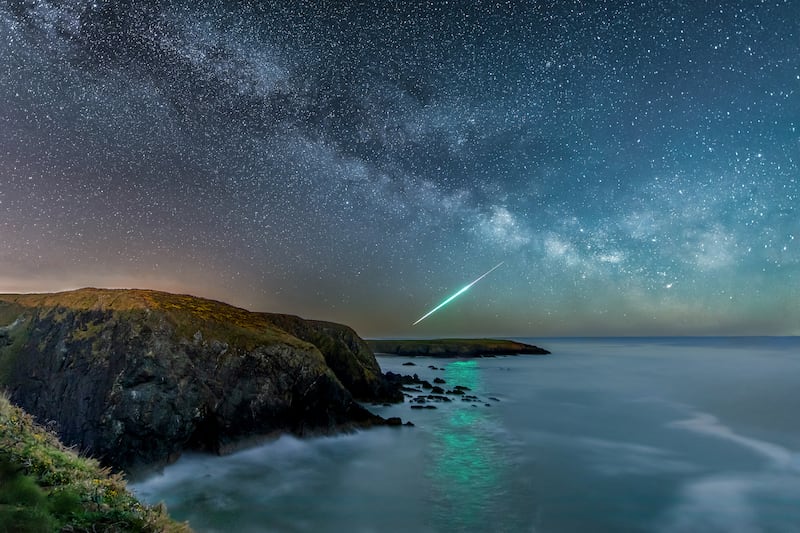
An outdoor exhibition of the shortlisted images will hang at the institute at 10 Burlington Road, Dublin, from August 12th. The Irish Times was the competition’s media partner. The judges were Brenda Fitzsimons Picture Editor, The Irish Times; Prof Peter Gallagher, head of astrophysics at DIAS; John Flannery, Vice-President of the Irish Astronomical Society and Niamh Breathnach, Director Alice PR & Events. All shortlisted and winning images can now be viewed here.
